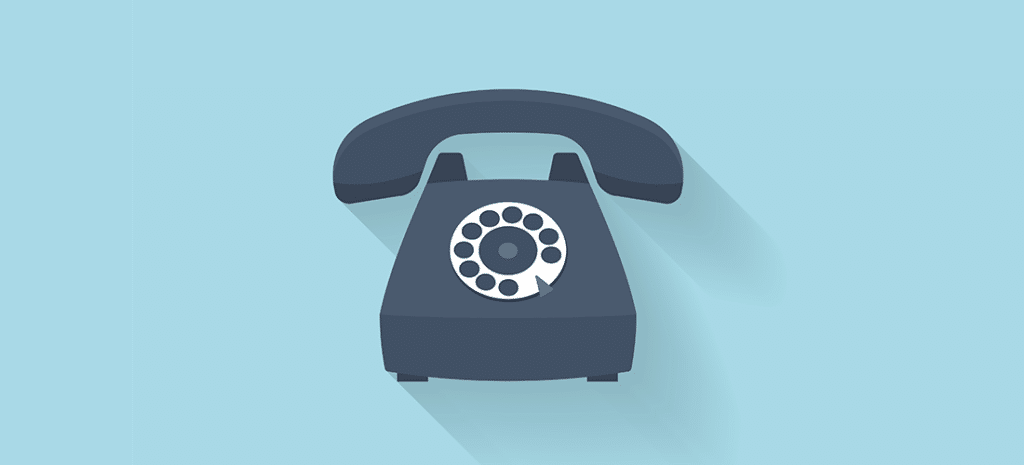
Why You Should Use a Contact Form
It’s probably no surprise that the contact page is among the top three most important pages of any website. Being reachable is critical when you’re trying to connect with your particular audience. When there’s no way to reach you, there’s no way to have a dialogue—which leaves needs unspoken, insights unseen, and ultimately money on the table.
Not exactly the goal, is it?
Contact Info is a “Must”
That’s how you get work, right? You get contacted! And many times, that contact comes through your website. It could be generated by a sales page, a Google search, a referral link, or any other method.
But more often than not, your market gets in touch with you via your website, where they’ll then look for a way to contact you. (Though a strong referral network may also send work directly to your inbox, bypassing your website altogether!)

Ultimately, being reachable means your potential clients have access to you, and they need this access before they’re going to buy. If you’re hard to reach, you leave lots of doubts about you unaddressed in a prospect’s mind. And most people aren’t inclined to hire you if they have doubts about you.
Why You Should Use a Contact Form Instead of an Email Address
There are opposing schools of thought about whether to use a contact form or an email address (including a clickable one) on your contact page. There are some very real advantages to using a contact form, though:
- It keeps visitors on site. A contact form allows your prospective client to stay on your site. Simply posting an email address requires the visitor to open up their email, copy/paste or type in your email address (or click the link you provide), and then write their message there. They’ve gone off your site and into their inbox, which is setting them up to get distracted and possibly even fail to get in touch at all.
- It reduces spam. Putting an email address out on the internet is basically begging for spam. Protecting your email address makes it harder for spammers to find you, which reduces your email burden and saves you time. It’s easy to share your email address with your new contact once they’ve filled out your form, and you’ll bypass clogging up your spam filters in the meantime.
- It allows you to vet new prospects. A contact form allows you to request, or even require, specific pieces of information before the form is sent. This sets up filters that are working for you before the new inquiry even comes to your inbox. Ask about what type of work the prospect is interested in (e.g. a redesign or a new site from scratch), when the best time to reach them is, and what their phone number is (though research shows that requiring a phone number dramatically reduces the conversion rate of the contact form, so be careful).
- It’s easier for the user. Contact forms can often sync up with the visitor’s browser autofill features, making it even easier and faster to fill out. It’s simple, it’s straightforward, and it’s less clunky than shifting to an email, figuring out what to say in that email, sending it, and then coming back to your site. In my experience, I’ve found that many web users prefer a contact form rather than sending an email to an email address, but you may find that providing both your email address and a contact form is the best option for you.

Final Thoughts on the Contact Form
If you plan to use a contact form and you aren’t interested in coding one, you’ve got plenty of options using plugins, including Ninja Forms, Contact Form 7, and WordPress’s Jetpack. Many of these plugins allow for easy customization and will fit seamlessly into any design.
If you aren’t convinced about the merits of using a contact form instead of an email address for your contact page, that’s fine. It’s a long-standing debate that likely won’t resolve anytime soon. Follow your personal preference, and if that doesn’t reduce the number of inquiries you’re getting, you’re probably doing fine.
Ultimately, the goal is to be easy to contact, and the method of how you’re reached isn’t as critical as simply being reachable in the first place. Not being reachable puts up a barrier, quite literally, between you and your market, so make sure your potential customers can find the best way to reach out with ease!
